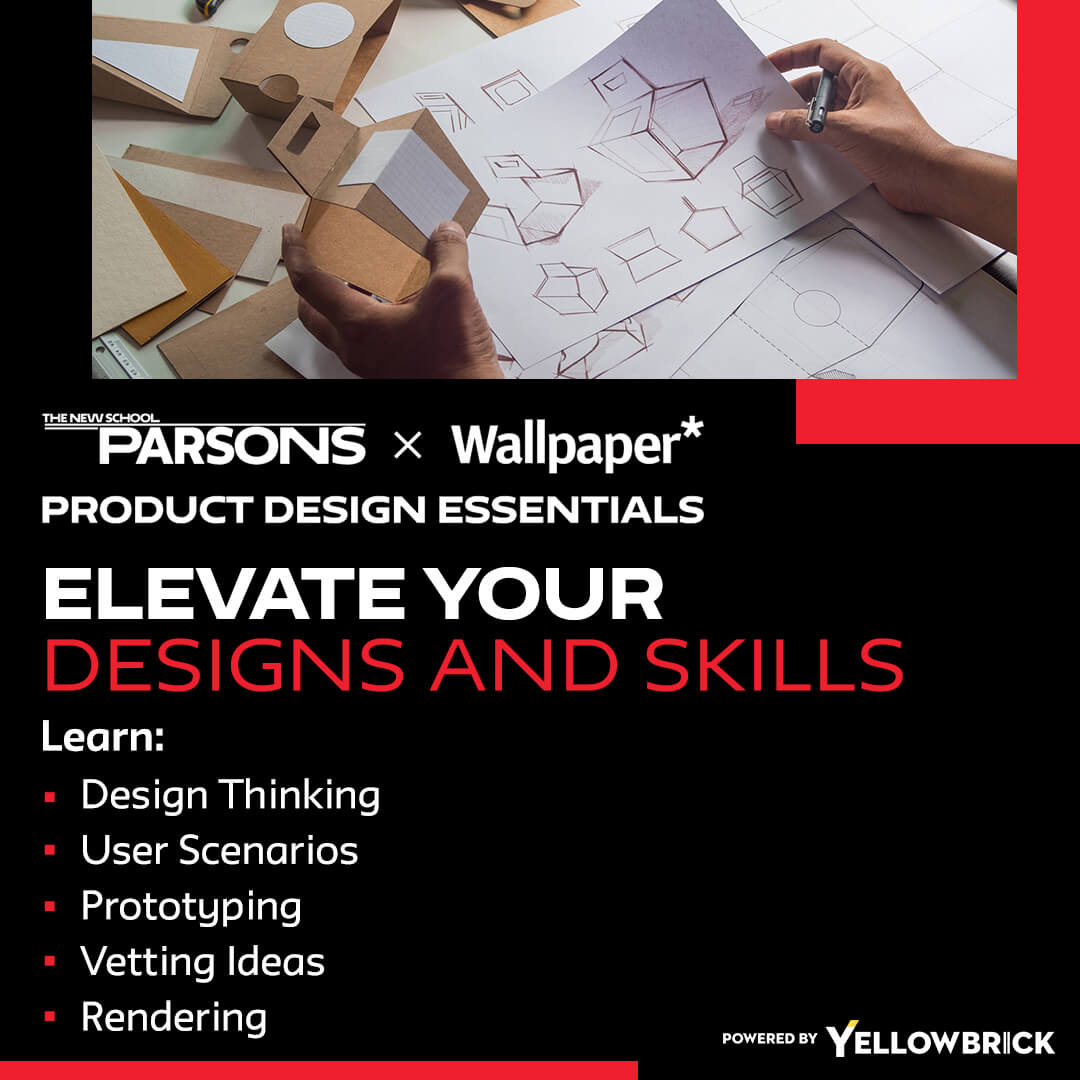In the competitive world of product design, your portfolio is more than just a collection of past work—it’s your ticket to opportunity. Whether you’re applying for a job, freelance gigs, or seeking to grow your brand, a thoughtfully crafted portfolio showcases not only your skills, but how you think, solve problems, and add value. Here’s how to build a product design portfolio that sets you apart.
Why Your Portfolio Matters
A product design portfolio is often the first thing hiring managers, clients, or collaborators will look at. It’s not just about pretty pictures—it’s about how you approach design challenges, collaborate with teams, and deliver results. Your portfolio should clearly communicate your design process, strategic thinking, and the impact of your work.
1. Curate, Don’t Just Collect
Avoid the temptation to include every project you’ve ever done. Choose 3–5 of your strongest and most relevant projects. Prioritize quality over quantity—each piece should reflect your best work and demonstrate a range of skills (UI/UX, prototyping, research, collaboration, etc.).
Tip: Tailor your portfolio to match the role or industry you’re targeting.
2. Tell the Story Behind the Design
Each project should include a brief but compelling narrative:
- Problem: What challenge were you solving?
- Role: What was your specific contribution?
- Process: What steps did you take—research, ideation, testing?
- Outcome: What were the results? Any data or user feedback?
This storytelling approach shows you’re more than a visual designer—you’re a critical thinker and problem solver.
3. Show Process, Not Just Polish
Don’t just showcase the final designs. Include:
- Wireframes
- Sketches
- Personas
- Journey maps
- Usability testing summaries
This helps reviewers understand how you arrived at the solution, which is just as important as the final result.
4. Include Real and Speculative Work
If you’re just starting out, don’t worry about lacking real-world projects. Include case studies from design courses, personal projects, or redesigns of existing products. Just be clear about the context and objectives.
5. Make It Visual and Easy to Navigate
Whether you’re using a custom website or platforms like Behance, Notion, or Adobe Portfolio:
- Use high-quality images
- Keep the layout clean and intuitive
- Break up text with visuals
- Ensure your portfolio is responsive and mobile-friendly
A good design portfolio should itself be a demonstration of great UX.
6. Add a Strong “About” Section
Include a short bio that explains who you are, your background, what you specialize in, and what you’re passionate about. This humanizes your work and makes it easier for people to connect with you.
7. Keep It Updated
Treat your portfolio like a living document. Revisit it regularly to:
- Add new work
- Retire old or outdated pieces
- Reflect your evolving skills and interests
An outdated portfolio can hurt your chances more than no portfolio at all.
8. Get Feedback
Before sending your portfolio out into the world, share it with peers, mentors, or online design communities. Constructive feedback can help you refine your messaging, visuals, and UX.
Conclusion
Building a successful product design portfolio takes time and intention, but the payoff is worth it. It’s your personal brand, your pitch deck, and your design diary rolled into one. Focus on clarity, curation, and storytelling to make a lasting impression—and open doors to the opportunities you’re aiming for.
Key Takeaways:
- Showcase only your best 3–5 projects that align with the role you’re targeting. Quality beats quantity.
- Tell the story behind each design: the problem, your role, the process, and the outcome.
- Demonstrate your process, not just polished visuals—include sketches, wireframes, and testing insights.
- Include personal or speculative work if you lack real-world experience, but explain the context clearly.
- Keep your portfolio clean, visual, and easy to navigate—it should reflect good UX itself.
- Update your portfolio regularly to keep it relevant and reflective of your latest skills.
Consider taking the Parsons Product Design Essentials online course and certificate program offered by Yellowbrick to further enhance your skills and advance your career in product design.








